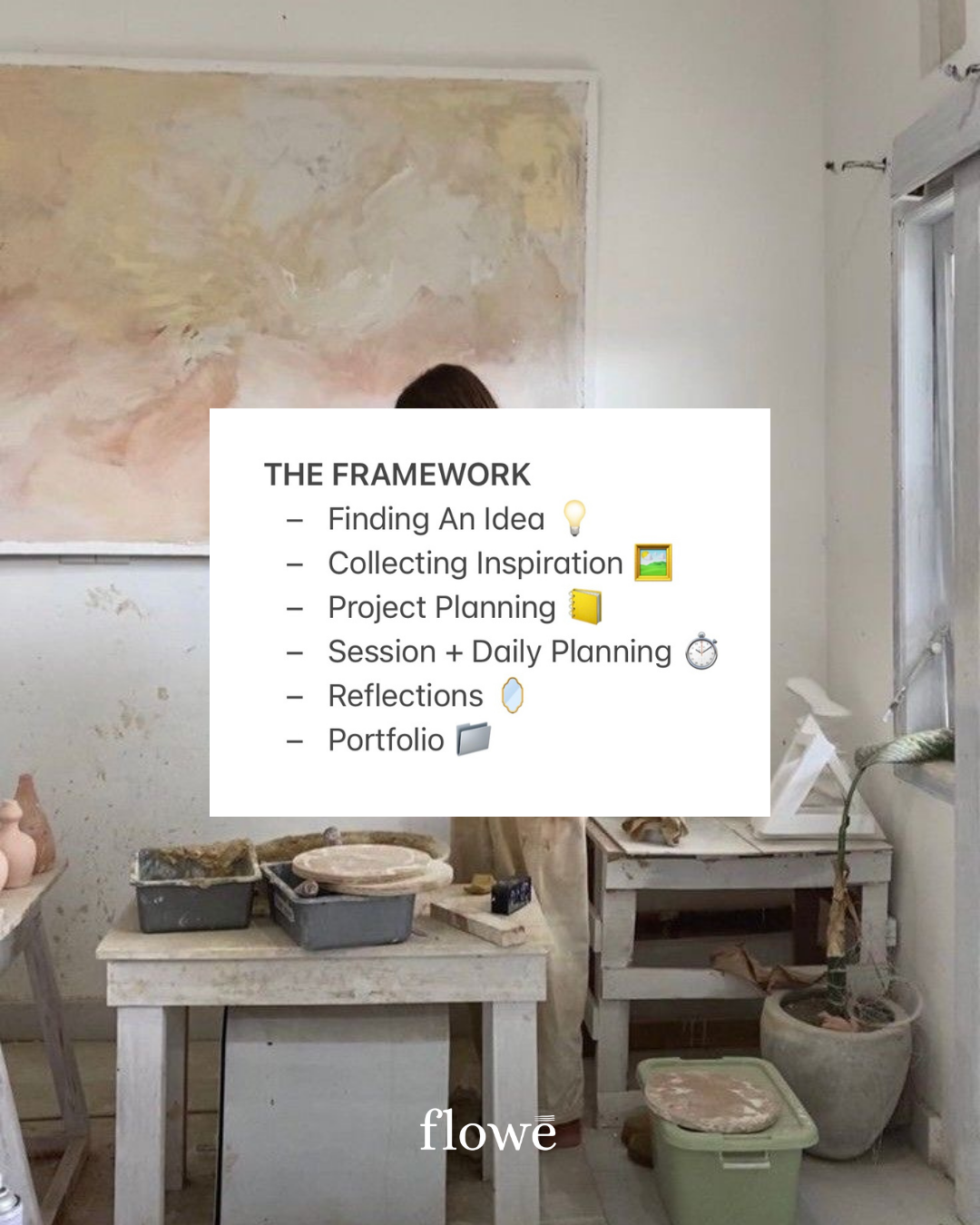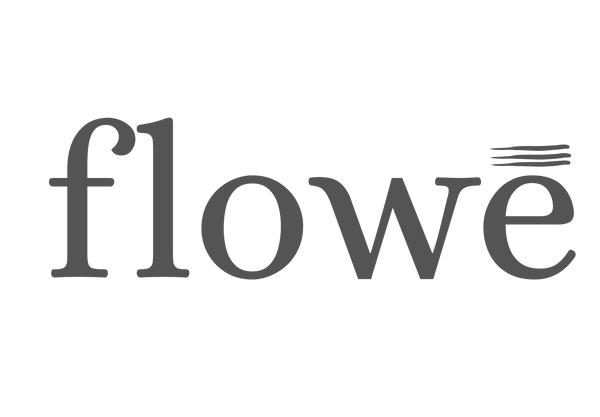
The Flowē Framework Explained
Every creative journey begins with a spark—an idea, an inspiration, a vision waiting to be brought to life. But how do you take that spark and transform it into something tangible? How do you move from concept to execution in a way that feels both structured and freeing? How do you even find an idea in the first place?
We believe creativity thrives when you have the right tools to shape and refine your process. This six-part framework is designed to help you not only generate creative ideas but also organize, plan, and reflect on your work—all in a way that aligns with your personal creative workflow. It’s not about rigid rules or one-size-fits-all solutions; it’s about equipping you with a flexible system that supports your creative process from start to finish.
1. Finding an Idea 💡
Every project starts with an idea, but sometimes, that first spark needs a little help to fully ignite. This phase provides space for brainstorming, refining concepts, and exploring possibilities. Whether your ideas arrive in an instant or unfold gradually, this is the time to develop and shape them.
Use brainstorming templates, free writing sessions, compare and contract ideas, think about themes and truths you would like to explore.
2. Collecting Inspiration 🖼️
Inspiration can come from anywhere—books, music, films, nature, or everyday conversations. This phase helps you curate your influences and create a visual or conceptual mood board. Use it for research, analysis, and assembling all the elements that inspire both you and your creative work, making it easier to develop compelling artistic and content creation projects.
Utilize songs, images, articles, personal experience, anything! But then take it one step further and break down each component. Understand what about it inspires you, what aspect informs your project, how to they relate.
3. Project Planning 📒
Once you have an idea and inspiration, it's time to build a roadmap. This phase helps you define the big picture—your project’s scope, key themes, and goals—while also breaking it down into actionable steps. Think of it as the blueprint that ensures your creative vision doesn’t just stay a vision but transforms into a well-executed project, whether it’s a novel, an art collection, or a business idea.
Set goals, understand the motivation behind this project, outline as detailed or loose as you like.
4. Session + Daily Planning 🕛
Creativity needs time and space. This phase helps you integrate creative work into your daily routine in a way that works for you. Whether you prefer structured schedules or flexible work sessions, this is where creativity meets productivity. Plan your time effectively, avoid creative burnout, and develop consistent creative habits that help you complete your projects with ease.
Understand how and when you like to work, what time you have to do so, and setting a commitment for yourself to work on your project.
5. Reflections 🪞
Looking back is just as important as moving forward. Reflection is where you assess what you’ve done, recognize patterns, and refine your approach. This section is about gaining insights and making adjustments so you can continuously improve and evolve your creative workflow.
Reflecting in a way that works for you, weather that's every day, week, month or at the end of each project.
6. Portfolio 📁
Whether for personal archives or professional presentations, this section helps you organize and showcase your finished projects. A well-structured portfolio not only keeps track of your progress but also makes it easy to share your work with confidence.
Collect the messy first drafts, the polished final pieces and everything in between.
A Framework Built for You
This isn’t about following a strict path or checking off every box. It’s about having the right creative tools at your fingertips so you can create in a way that feels natural to you. The Flowē Framework gives you structure when you need it and flexibility when you don’t—because every creative journey is different.
